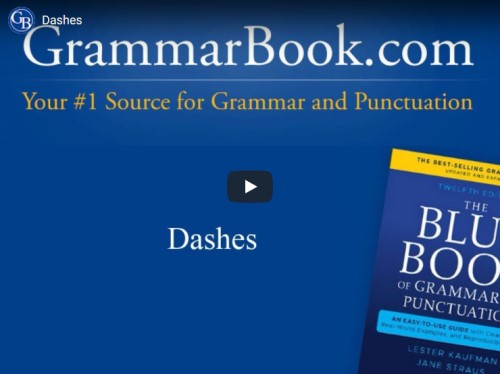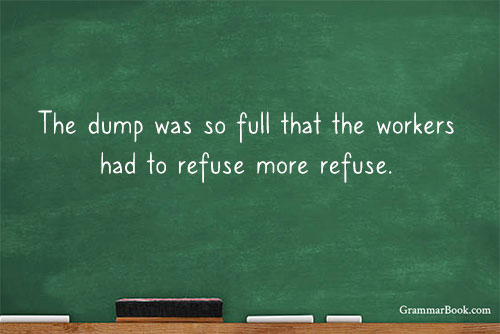|
We receive many questions from our readers about writing dialogue. We thought now would be a good time to revisit the subject. In doing so, we hope to answer questions some of you might still have.
Format
Each new line of dialogue is often indented on each line, enclosed in quotation marks, and attended by an attribution that identifies each speaker. Once the speakers have been established within a particular exchange, their attributions may be dropped until needed again for clarity. Each change in speaker also begins a new line.
Example
"Please open the window," Marianne said. "I want to hear the rain fall."
"But what if it dampens the floor?" Robert replied.
"Such minutiae mean nothing to me now, not after what happened today. Please. Open it."
"As you wish."
He went to the window and slid it up. They listened to the drops as they pattered on the pavement outside.
"Thank you," she said, barely above a whisper.
He looked down and then up.
"As it suits you." |
If a speaker's dialogue continues beyond one paragraph, an opening quotation mark is placed at the start of each new line. The closing quotation mark appears at the end of the dialogue.
Example
"I want to work again," Marianne said. "I want the car to start. I want the fridge to be more than quarter-full.
"I want the school to reopen, the park to be cleaned, the community to welcome new people again.
"Most of all, I want us all to have hope. Real, so-thick-you-can-hold-it hope." |
Punctuation
In the examples above, you'll note that a comma separates the quote and the attribution. The comma also is placed inside the quotation marks. When the attribution precedes the dialogue, the comma appears after the attributing verb (and before the quoted material).
Examples
Robert replied, "But what if it dampens the floor?"
Barely above a whisper, she said, "Thank you." |
Dialogue also can be introduced by a colon.
Example
Robert halted and spun around: "Is that true?" |
If we wish to interrupt a thought or statement within dialogue, we can use ellipsis marks.
Example
"Well, I'm not really sure," Marianne said. "It's … well … you know. I just want us to be … right again. The way we used to be." |
We can insert an attribution mid-sentence in dialogue as well. We would separate it with commas.
Example
"Such minutiae," Marianne said, now standing, "mean nothing to me now, not after what happened today. Please. Open it." |
Attribution Verbs
We can use many different attributive verbs in describing our dialogue. Just a few include:
| added |
declared |
muttered |
responded |
whined |
| answered |
demanded |
observed |
screamed |
whispered |
| begged |
explained |
pleaded |
shouted |
yelled |
Examples
"Whatever you say," he muttered.
"I'll be there at six," Natalie responded.
"If you take that route, you'll be at least an hour late," the mechanic explained. |
While such verbs help to color dialogue and keep it moving, we should also aim to let the dialogue itself establish context and mood whenever possible. Choosing the right words and intonation in our dialogue frees us from having to over-rely on attributive verbs to convey mood within conversation. In some cases, they can be redundant.
Examples
"But, I ask of you, give me another chance and I will not disappoint you," Robert said. [We could use pleaded or begged, but the character's words themselves contain the plea, so we let him just "say" it.]
"No! I will not let this continue one more day!" Marianne said. [We could use yelled, screamed, or shouted for extra emphasis, but we would also be fine with said, as we can see Marianne is raising her voice.] |
In Part II of Diving Back into Dialogue, we'll take a closer look at writing internal dialogue to communicate what characters are thinking rather than saying.
|





